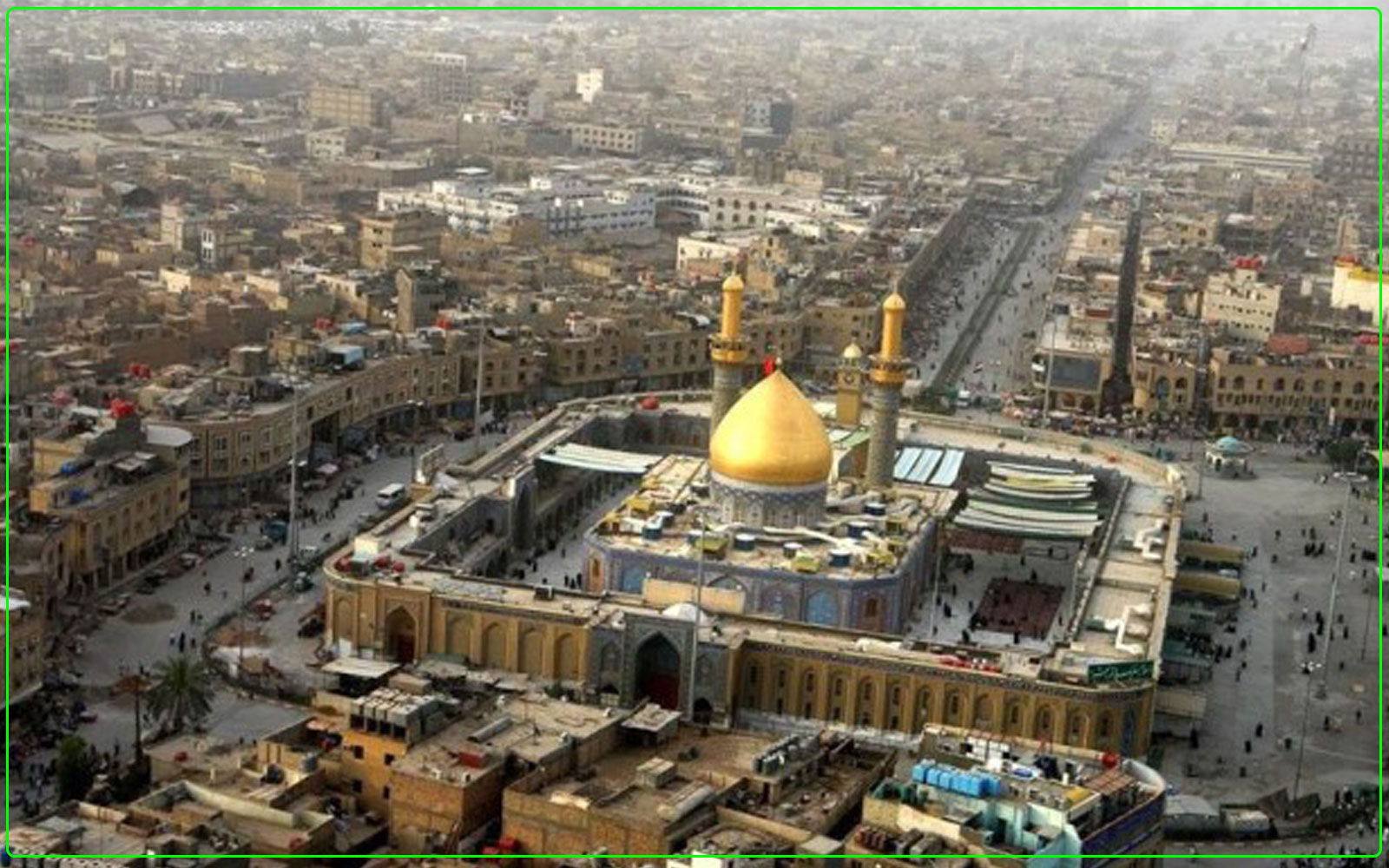Many historical sources mention that the holy city of Karbala has been a land of fame since the time of the Prophet Adam "pbuh", and has been the subject of the focus of the prophets and holy men throughout history despite its small size and small number of inhabitants.
Karbala has entered the history of the world from its widest doors in the year 61 Hijri after the tragic "Al-Taff" battle, which later gained this land an increasing importance in the hearts of people that can be really seen from one century to another despite the negligence (and often hostility) practiced against it by the ruling authorities, where this city did not witness any construction during the first Hijri century.
However, the name of Karbala city has begun to grow increasingly by the second Hijri century, especially with the beginning of the era of the Abbasid dictators, who increased their hostility to the city and its people, particularly after the tyrant Harun al-Rashid's order to demolish the holy shrine Imam Hussein "pbuh" and flooding it with water, which prompted people to flock as masses to visit the holy shrine constantly until the end of the third Hijri century and the beginning the "Bowaihi" state, where its ruler "Adhd al-Dawla" had visited the holy shrine in the year 370 Hijri after defeating the Turks in the famous battle of "Wasit" (1).
In the fourth Hijri century, the holy city of Karbala has witnessed massive construction campaigns by believers, which continued at this rate throughout the 5, 6 and 7 Hijri centuries under the eras of "Dailam" and "Atabik" rulers, as the city was described by the famous traveler "Ibn Battuta" in his texts for the year 768 Hijri, as "A city of great prosperity and development ".
Source:
(1) Daleel Karbala - A Reading in the Historical Geography of the Holy City of Karbala: by Imad al-Din Hussein Isfahani.

